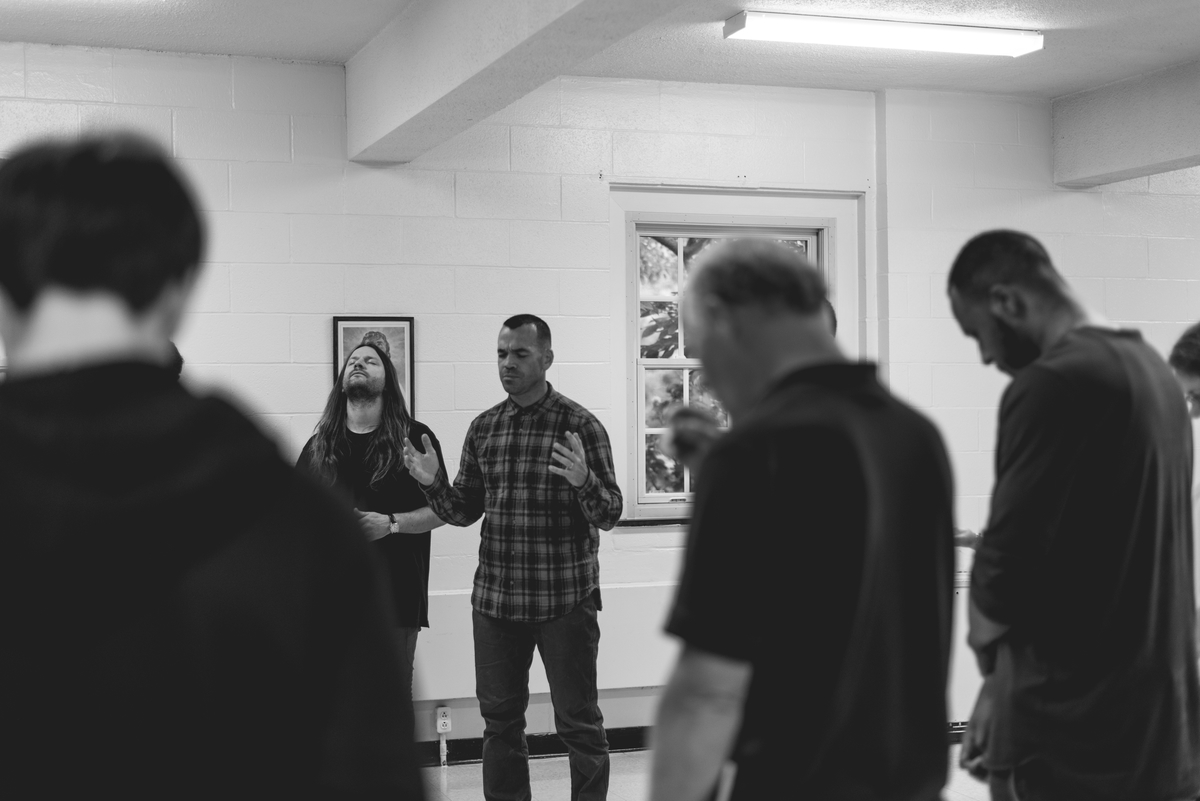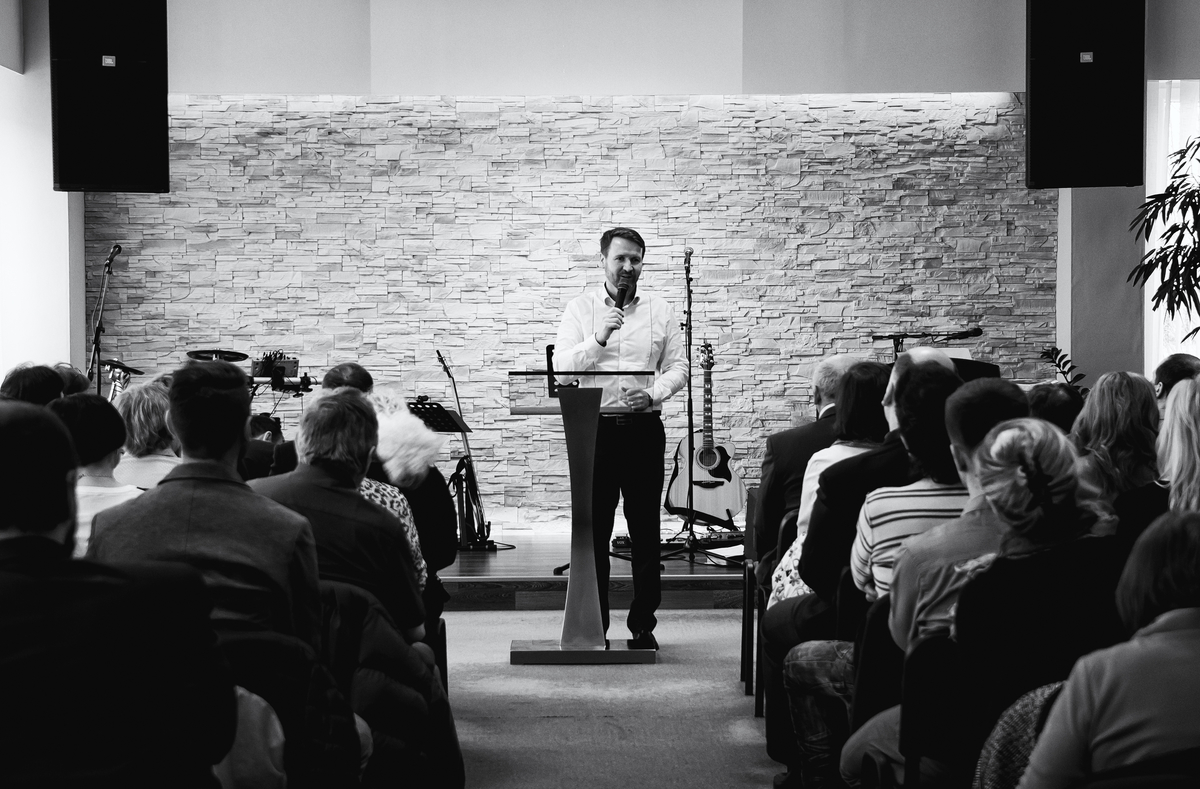Instead of viewing church programs as necessary evils, wise church leaders seek to utilize the church’s programs to help fulfill the mission of making disciples. Yesterday, I offered three thoughts on discipleship and programming. I will list those and continue with three more thoughts on discipleship and programming.
- View programs as tools.
- Program based on your discipleship process.
- As people move through your process, ask for greater commitment.
4. Clarify and communicate the goal(s) of each program.
In light of a church’s overarching discipleship process, the goal of each program should be clarified and communicated. Leaders should be recruited and trained with those goals in mind. If a program does not help make disciples in light of the church’s discipleship strategy, the program merely wears people out and robs resources from that which is most important. A.W. Tozer wrote of church programs “justifying themselves” in light of a church’s mission to make disciples:
In an effort to get the work of the Lord done, we often lose contact with the Lord of the work and quite literally wear our people out as well. I have heard more than one pastor boast that his church was a “live” one, pointing to the printed calendar as proof—something on every night and several meetings during the day… A great many of these time-consuming activities are useless and others plain ridiculous. “But,” say the eager beavers, “they provide fellowship and hold our people together.” If the many activities engaged in by the average church led to the salvation of sinners and the perfecting of believers, they would justify themselves easily and triumphantly, but they do not.
5. Design the hand-offs between the programs.
In a relay race, the most critical part of the race is the hand-off. Teams work extremely hard to ensure the baton is seamlessly handed from one person to another. The people who attend our churches should be treated with more care and passion than a baton. If your church’s process is to move someone from a weekend worship gathering to a small group, consider how effective your hand-off process is. The most effective hand-offs are obvious, easy, and relational (credit goes to Andy Stanley for 2/3 of that statement). In terms of moving people to groups, here is a broad example of a hand-off that is obvious, easy, and relational.
- Obvious: Consistent invitations to get plugged into a small group with a list of open groups in the bulletin. This is obvious, but the hand-off is not yet easy or relational.
- Obvious & Easy:Consistent invitations, a list of groups, and time in the worship service for people to sign up for a group and “drop the paper in the offering plate.”
- Obvious, Easy, & Relational: Consistent invitations, a list of groups, and time to meet leaders after the service where leaders can personally invite people to their groups.
6. Evaluate movement between the programs.
Program managers merely run great programs. Leaders who think in terms of a discipleship process look for movement. Leaders who think strategically about discipleship and programs do not view church programs in isolation. They think about progression through their discipleship process.
When Thom Rainer and I conducted the research behind Simple Church, we noticed that leaders who thought in terms of their discipleship process “measured horizontally” instead of vertically. Measuring vertically is measuring through the lens of a program, while measuring horizontally is through the lens of your process.
For example: Imagine Harbor Church offers both worship services and small groups, and part of their articulated discipleship process includes moving people from worship to groups. Viewing their attendance vertically is viewing each program in isolation. Viewing them horizontally is evaluating the progression between the two. If the weekend service grows 10 percent in one year but the number of people in groups remains the same, then the leaders of Harbor are able to spot congestion in their process.
Again, assimilation does not equate with transformation. Moving people to programs does not ensure people’s hearts are being changed. At the same time, it is foolish to offer programs without intentionality and without a desire to provide environments where transformation can take place. Your mission of making disciples should drive your programs.





